1. Introduction: Understanding the Importance of Bluffing in Poker
Bluffing is an essential skill in the game of poker, often separating the amateurs from the professionals. It is a strategic move that involves deceiving opponents into believing something about your hand that is not true. Mastering the art of bluffing can greatly enhance your poker game, providing you with a powerful tool to control the outcome of hands and exploit your opponents’ weaknesses. In this article, we will delve into the intricacies of bluffing in poker, exploring the psychology behind it, the techniques employed, and the strategic considerations that can help you become a more successful bluffer at the poker table. Whether you are a beginner looking to understand the basics or a seasoned player aiming to take your bluffing skills to the next level, this article will provide you with pro tips and techniques to help you master the art of bluffing in poker.
1. Introduction: Understanding the Importance of Bluffing in Poker
1.1 The Role of Bluffing in Poker
Ah, poker. The game of wits, strategy, and the occasional poker face. If you’ve ever watched a high-stakes poker tournament, you know that one of the most thrilling aspects of the game is bluffing. It’s that daring move, that calculated risk when a player bets big with nothing but a weak hand, hoping to convince their opponents to fold. Bluffing is an art form in poker, a skill that can make or break a player’s success. In this article, we’ll delve into the world of bluffing, exploring its role in the game and uncovering pro tips and techniques to help you master this deceptive skill.
2. The Psychology of Bluffing: Reading and Manipulating Opponents
2.1 Understanding Player Types and Tendencies
2.2 Identifying and Exploiting Weaknesses
Bluffing in poker is not just about having a poker face – it’s about understanding the psychology behind your opponents’ actions and using that knowledge to your advantage. To become a master bluffer, you need to understand player types and their tendencies. Some players are conservative, only betting with strong hands, while others are more aggressive, constantly trying to bully their way to victory. By studying your opponents’ behavior, you can identify their weaknesses and exploit them.
Once you’ve identified a player’s weaknesses, it’s time to strike. For example, if you notice that a certain opponent tends to fold under pressure, you can take advantage of this by increasing your bets and forcing them to make tough decisions. Bluffing is all about manipulating your opponents’ emotions and using their predictable tendencies against them. It’s like being a puppet master, pulling the strings and guiding the game in your favor.
3. Building a Solid Foundation: Knowing When and Where to Bluff
3.1 Assessing Hand Strength and Table Dynamics
3.2 Choosing the Right Opportunities to Bluff
Bluffing isn’t a one-size-fits-all strategy. It requires careful assessment of your hand strength and the dynamics of the table. Before attempting a bluff, ask yourself: Is my hand weak? Are my opponents likely to have strong hands? What is the overall mood of the table? These questions will help you gauge the risk and potential success of your bluff.
Timing is everything when it comes to bluffing. You must wait for the perfect opportunities to strike. For instance, if the community cards on the table suggest a possible flush or straight, it might be a good time to bluff and represent a stronger hand. Conversely, if the board shows a high probability of strong hands, it’s best to save your bluffs for another round.
4. Mastering Non-Verbal Communication: Effective Body Language and Facial Expressions
4.1 Reading and Decoding Opponents’ Body Language
4.2 Controlling Your Own Tells and Misleading Opponents
In poker, words are unnecessary. The real conversations happen through body language and facial expressions. To master the art of bluffing, you must become a skilled reader of your opponents’ non-verbal cues. Watch for the subtle twitch of an eyebrow, the nervous tapping of fingers, or the slight hesitation before making a bet. These signs can reveal whether your opponents are strong or weak, giving you the upper hand in your bluffing endeavors.
But beware! Your opponents are watching you just as closely. Controlling your own tells is essential to maintaining a successful bluff. Practice keeping a calm and neutral demeanor, even when you’re holding a royal flush. Mislead your opponents by sending false signals through your body language and facial expressions. Make them believe that you’re bluffing when you’ve actually got a winning hand.
So there you have it, aspiring poker players. Bluffing is not just about playing mind games with your opponents but also about strategic decision-making, psychological warfare, and mastering the art of deception. With these pro tips and techniques, you’re well on your way to becoming a bluffing maestro. Just remember, bluff responsibly and save some tricks up your sleeve for those epic poker nights with friends. Happy bluffing!
5. Advanced Techniques: Bluffing with Different Hand Ranges and Board Textures
5.1 Understanding Hand Ranges and Board Textures
Bluffing is not just about having a poker face and hoping for the best. It’s a strategic move that requires a deep understanding of hand ranges and board textures.
Hand ranges refer to the possible hands your opponents could have based on their actions and the community cards on the table. By carefully considering their likely holdings, you can calculate the probability of your bluff being successful.
Board textures, on the other hand, concern the texture and connectivity of the community cards. A dry board with low connectivity might be easier to bluff on, while a coordinated board with multiple potential draws can make bluffing risky.
Mastering this aspect of bluffing involves analyzing your opponents’ tendencies and adjusting your bluffing frequency accordingly. Remember, a well-timed bluff with the right hand range and board texture can be a lethal weapon in your poker arsenal.
5.2 Semi-Bluffing: Combining Bluffing and Equity
Semi-bluffing is like adding a pinch of salt to your bluffing recipe. It involves making a bluff while having a hand that still has potential to improve. This adds another layer of complexity to your bluff and increases your chances of success.
For example, let’s say you have a flush draw on the flop. Instead of simply folding or going all-in, you can semi-bluff by making a substantial bet. This not only puts pressure on your opponents, but it also gives you a chance to hit your flush on the turn or river.
The key to successful semi-bluffing is having a good understanding of your equity in the hand. This means knowing the probability of hitting your hand and weighing it against the potential value of your bluff. So, the next time you find yourself with a strong draw, consider adding some spice to your bluffing game with a well-executed semi-bluff.
6. Bluffing in Different Poker Variations: Adjusting Strategies for Texas Hold’em, Omaha, etc.
6.1 Bluffing Considerations in Texas Hold’em
Texas Hold’em is the bread and butter of the poker world, and bluffing plays a pivotal role in this popular variation. However, bluffing in Texas Hold’em requires some specific considerations.
In Texas Hold’em, players are dealt two private cards, and five community cards are drawn on the table. This means that bluffing opportunities can vary greatly depending on the strength of your hand and the community cards.
One important factor to consider is the number of opponents at the table. Bluffing against one opponent might be easier than when facing multiple opponents, as the probability of someone holding a strong hand increases.
Additionally, paying attention to your table image is crucial in Texas Hold’em. If you’ve been caught bluffing multiple times, your opponents are more likely to call your bluffs in the future. On the other hand, if you’ve been playing tight and only showing strong hands, you can use your tight image to your advantage and successfully bluff when the time is right.
6.2 Adapting Bluffing Strategies for Omaha
Bluffing in Omaha requires a different approach compared to Texas Hold’em, as the game dynamics and hand strength can vary significantly.
In Omaha, players are dealt four private cards, and five community cards are placed on the table. This means there are more possible card combinations, making it more likely that someone has a strong hand.
When bluffing in Omaha, it’s important to consider the strength of your hand relative to the community cards. Since players must use exactly two cards from their hand and three cards from the board, the potential for strong hands is higher compared to Texas Hold’em.
Bluffing in Omaha is often more effective when the board texture is unfavorable for strong hands. If the community cards do not offer many possibilities for a strong hand, your bluff stands a better chance of success. However, beware of players who may take advantage of the increased hand possibilities and be more willing to call your bluffs.
7. The Art of Bluffing: Timing, Bet Sizing, and Image Management
7.1 Understanding the Importance of Timing in Bluffing
Bluffing is not just about the strength of your hand or the cards on the table. Timing is a crucial element that can make or break your bluff.
Timing a bluff requires careful observation of your opponents’ behavior and tendencies. Are they playing cautiously or aggressively? Do they seem confident or uncertain? These cues can help you determine the right moment to strike.
Timing is also influenced by the flow of the game. Bluffing early in a hand may be more effective, as players have yet to invest a significant amount of chips. However, bluffing later in a hand when the pot is larger can yield a bigger reward.
Remember, timing your bluff is like delivering the punchline of a joke – it’s all about the right moment to make your move and catch your opponents off guard.
7.2 Implementing Effective Bet Sizing for Bluffs
When it comes to bluffing, bet sizing is a vital ingredient that can make your bluff more believable and increase its chances of success.
Ideally, your bet size should align with the story you’re trying to tell. A small bet may indicate weakness, while a large bet can suggest strength. When bluffing, it’s important to find the balance between making a bet that is large enough to intimidate your opponents but not so large that it becomes suspicious.
Consider the pot size and the perceived strength of your opponents’ hands. A well-calibrated bet can create doubts in your opponents’ minds, making them more likely to fold. However, be cautious not to consistently use the same bet size when bluffing, as observant opponents may catch on to your patterns.
7.3 Managing Your Table Image for Successful Bluffing
Your table image can greatly influence the success of your bluffs. It’s like having a reputation in the poker world – use it wisely to your advantage.
If you’ve been playing tightly and only showing strong hands, your opponents are more likely to respect your bets and be wary of your bluffs. This tight image can give you the credibility needed to successfully pull off a bluff when the time is right.
On the other hand, if you’ve been caught bluffing multiple times, your opponents will be more inclined to call your bluffs in the future. To counter this, occasional well-timed bluffs can help you maintain an unpredictable image at the table.
Managing your table image is like walking on a tightrope – be aware of how your opponents perceive you, and adjust your bluffing frequency accordingly to keep them guessing.
8. Bluffing Pitfalls to Avoid: Common Mistakes and How to Recover from Them
8.1 Overbluffing: The Dangers of Excessive Bluffing
Just like too much spice can ruin a dish, excessive bluffing can lead to disaster on the poker table. Overbluffing is a common mistakeIn conclusion, mastering the art of bluffing in poker is a skill that requires practice, observation, and strategic thinking. By understanding the psychology of bluffing, choosing the right opportunities, and honing your non-verbal communication skills, you can become a formidable bluffer at the poker table. It is important to remember that bluffing is not about blindly deceiving opponents, but rather a calculated move based on reading and manipulating your opponents. With the tips and techniques provided in this article, you are well-equipped to elevate your bluffing game and increase your chances of success in the thrilling world of poker. So go forth, practice, and may your bluffs be bold and profitable.
FAQ
1. How often should I bluff in poker?
Bluffing frequency should vary depending on the specific game, table dynamics, and your opponents. It is important to choose profitable bluffing opportunities rather than bluffing for the sake of bluffing. Assess the strength of your hand, the board texture, and the tendencies of your opponents before deciding to bluff.
2. How can I spot if someone is bluffing?
Spotting a bluff requires careful observation and understanding of your opponents’ behaviors and body language. Look for inconsistencies, hesitation, or sudden changes in demeanor. Pay attention to any signs of discomfort or nervousness. However, it is important to note that these cues are not foolproof, and some players may intentionally deceive you. Use these observations as additional information rather than solely relying on them.
3. Can bluffing be effective in online poker?
Bluffing can still be effective in online poker, although it can be more challenging than in live games. Since you cannot rely on physical tells, you need to observe betting patterns, timing, and bet sizing. Look for deviations from a player’s normal behavior that may indicate a bluff. Additionally, leveraging your table image and exploiting opponent tendencies can still be effective strategies in online poker.
4. What are the common mistakes to avoid when bluffing?
Common mistakes in bluffing include bluffing too frequently, bluffing with weak hands, and failing to adjust to the table dynamics. Overbluffing can lead to significant losses, as skilled opponents can exploit your aggressive tendencies. Bluffing with weak hands increases the risk of getting called by stronger hands. It is crucial to assess the situation and adjust your bluffing strategy accordingly. Additionally, being aware of your own table image and avoiding predictable patterns can help you avoid being caught in bluffs.

AdHang.com is the No.1 agency for digital marketing in Nigeria and the first Internet public enlightenment agency in Africa. AdHang has everything needed to achieve your digital marketing objectives and goals. From strategic digital marketing, a tactical approach to employing advanced digital marketing tools and technologies, using seasoned marketers with decades of marketing communications experience.

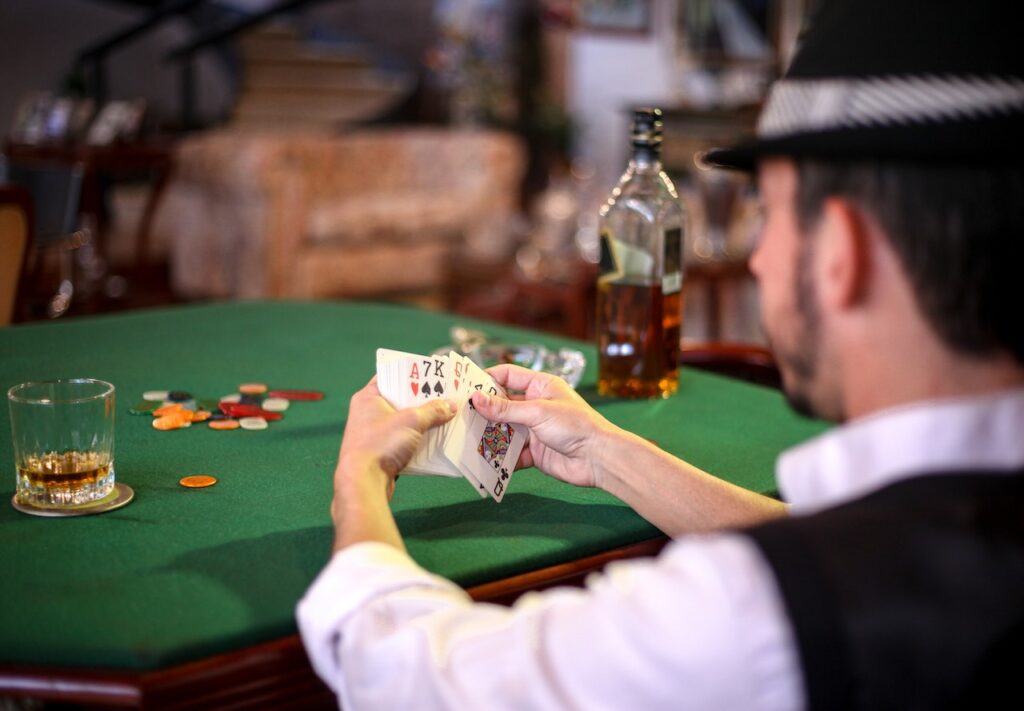

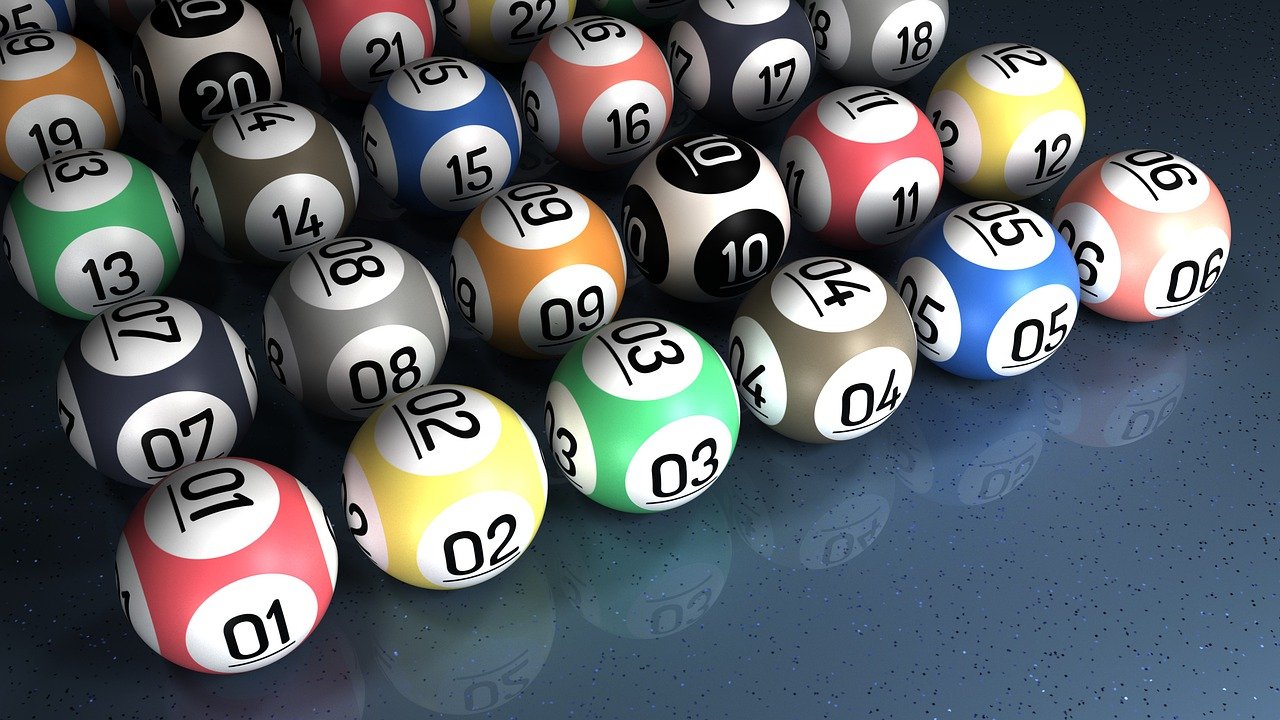
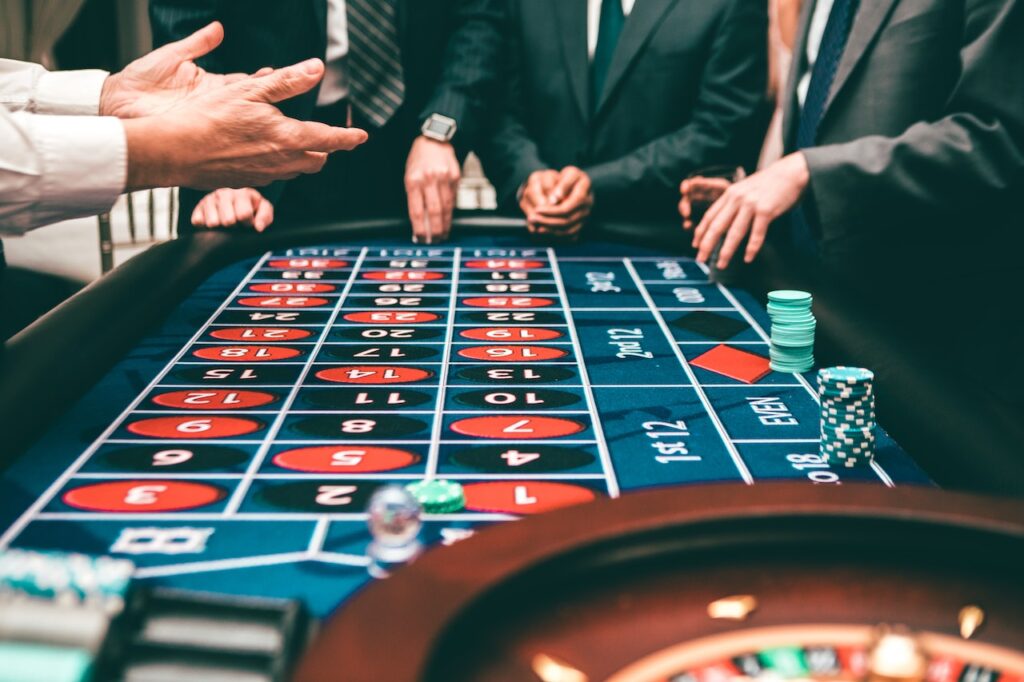
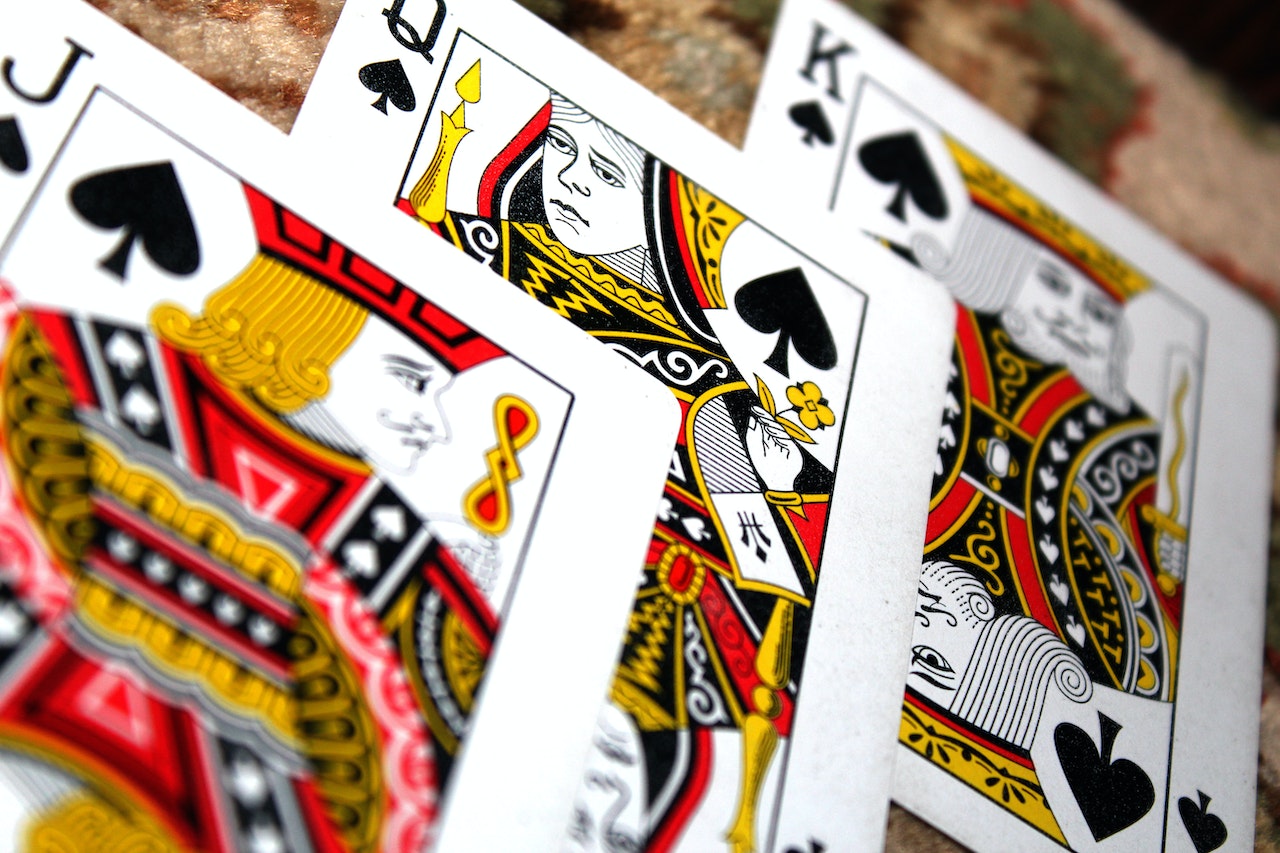

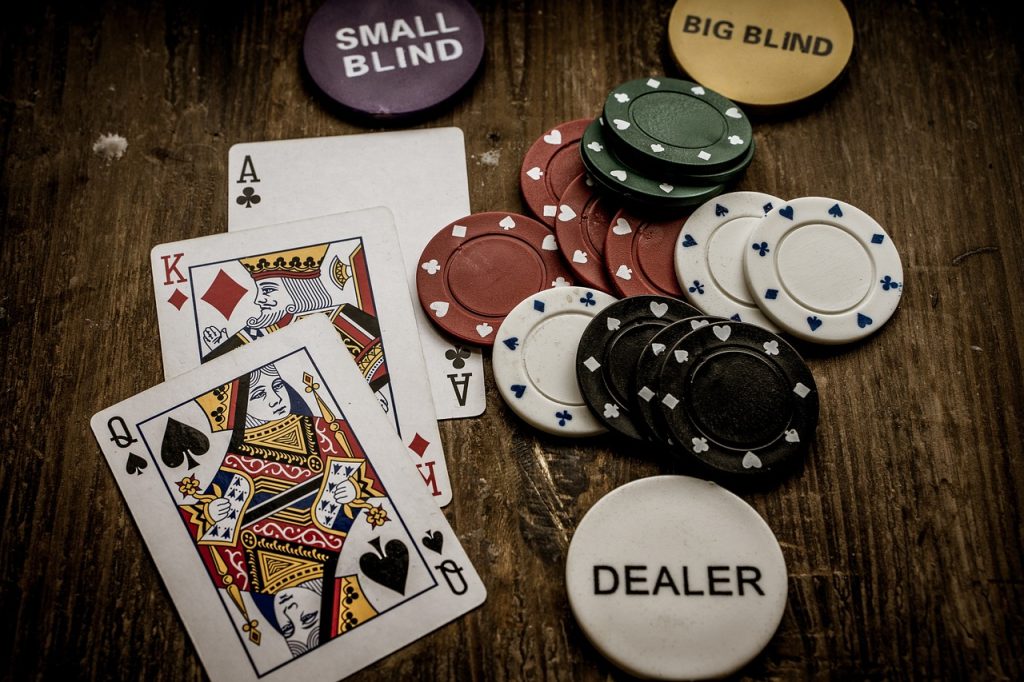
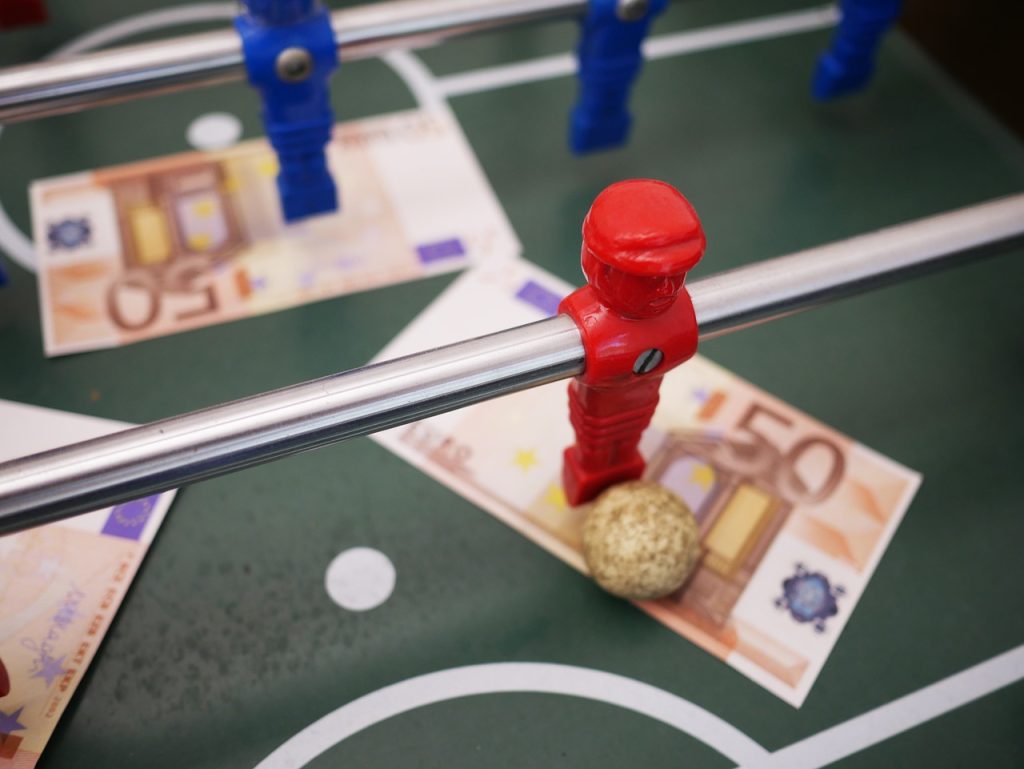
Comments